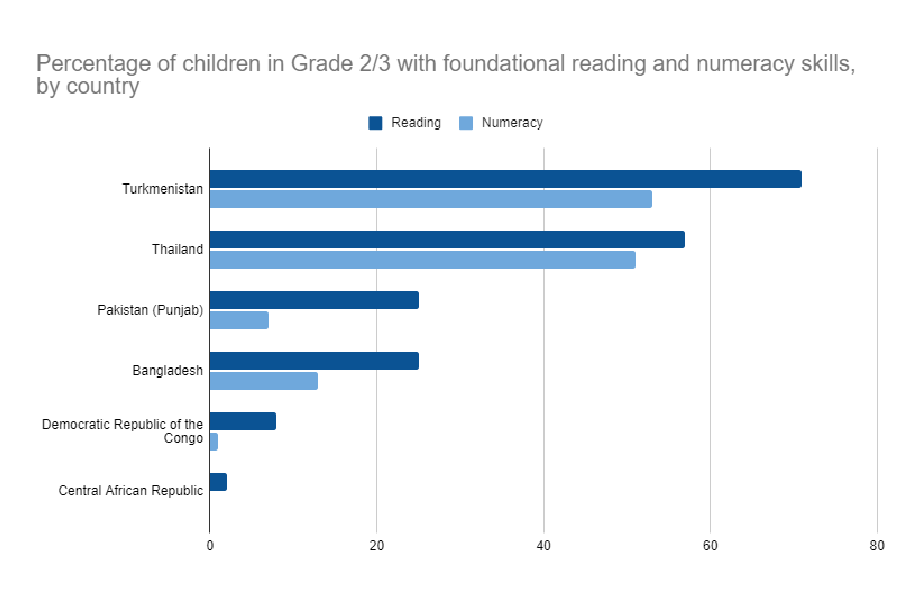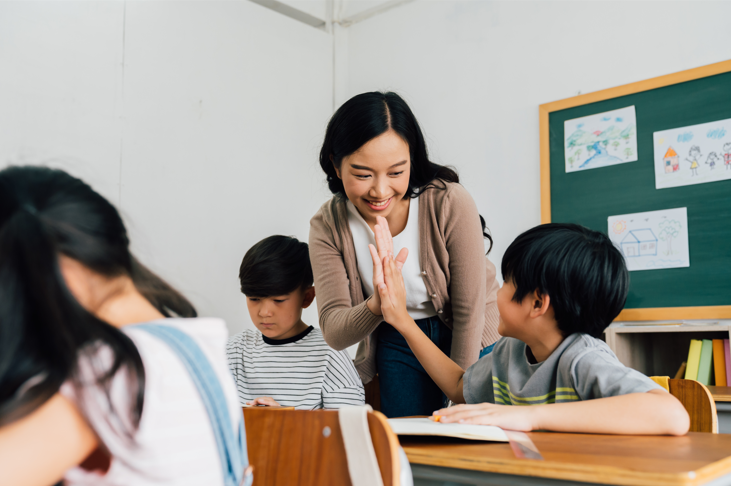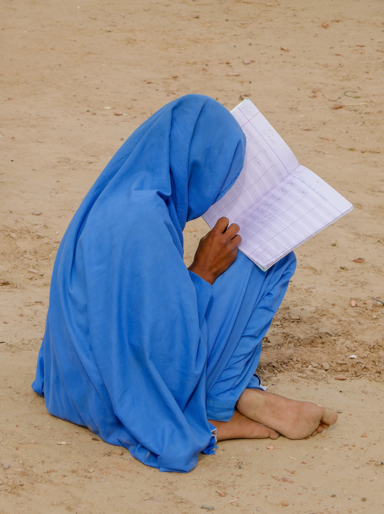
“Quality Education” is the topic of this unit.
■Get to know and share your thoughts on the countries facing education issues.
■Give a presentation about education, in your opinion.







| 1. | According to the passage, what diseases could be prevented if we knew how to avoid them? |
| Answer: |


| 2. | Did you do your research on the sub-textbook? Did you find an activity to solve the health issue? Please tell me what the organization/association does and how you feel about it. |





| 1. | Where is Pakistan? A, B or C? |
| The answer is _________. |



| 2. | What can you see in the pictures? Please describe as many as you can from each picture. |
|
|
|
| Answer: |





 |
enroll 就学する
Local governments aim to enroll all children in schools that are within walking distance of their homes.
|
 |
foundational 基礎的な
Children must learn foundational reading and writing skills.
|
 |
consistency 一貫性のある
There is a lack of consistency in the rules. They must be changed.
|
 |
assessment 評価
Assessment tests must be consistent and effective.
|




| 1. | Children are highly encouraged to _______________ in primary education. |
| 2. | _______________ skills such as reading and writing help children develop their thinking abilities. |
| 3. | If there is no _______________ in the education system, its quality will decrease. |
| 4. | _______________ exams are important to determine a learner’s ability. |




Then, let’s move on to the next part.

The global adjusted net attendance rate in 2019 was 87 percent, with nearly four out of every five children graduating from elementary school. In addition, the number of out-of-school children has declined by over 40 percent in the last two decades. However, 58 million children in elementary school are not enrolled. The bulk of them is from underprivileged communities.
Data from the Multiple Indicator Cluster Surveys (MICS) show that many children lack foundational reading and math skills. It means that providing a high-quality education to all children is a major challenge.



| 1. | How many children in primary school are not enrolled? |
| Answer: |

Another one is that the curriculum and assessment systems are outdated. The curriculum focuses on memorization, and the assessment system does not assess critical thinking.
However, Pakistan’s main issue is its high dropout rate. Pakistan has the highest dropout rate among developing countries. According to 2017 research, 40% of children aged 5 to 6 years old did not attend school. Poverty and child labor are all key contributors to this issue. One solution to this problem is to help poor families send their children to school instead of working.


| 2. | According to the article, what are the two causes of Pakistan’s high dropout rates? |
| Answer: |




Quality education is defined differently by each individual.
It would be nice if you could learn what you want to learn.
So, let’s think about “Quality Education” from the students’ point of view.
First, I will ask you some questions. The answers will be the key to your presentation.

| What do you want to learn at school? Please give two ideas. It can be existing subjects or new subjects. |
| Answer: |


| What benefits can you get from learning them? |
| 1. | |
| 2. |


| Opening | Good morning, afternoon, or evening. Today, I’d like to talk about (theme). I’ll pick up two things today. |
| Body |
① (first idea and reason) ② (second idea and reason) |
Closing | As a student, these are the two things I would like to learn during my school life. Thank you for listening. |

| Opening | Good morning, afternoon, or evening. Today, I’d like to talk about (theme). I’ll pick up two things today. |
| Body |
① __________________________________________ ② __________________________________________ |
| Closing | _____________________________________________ |



| Answer: |






